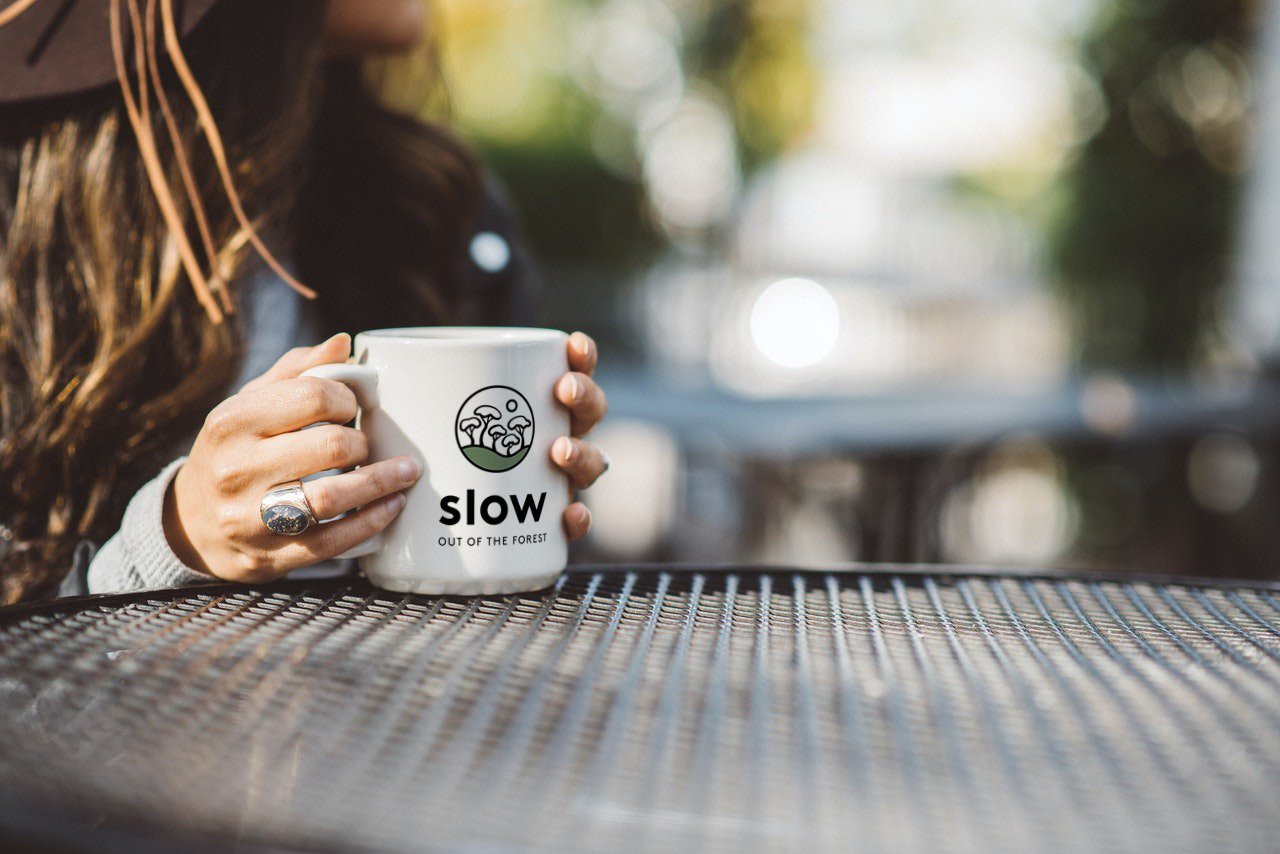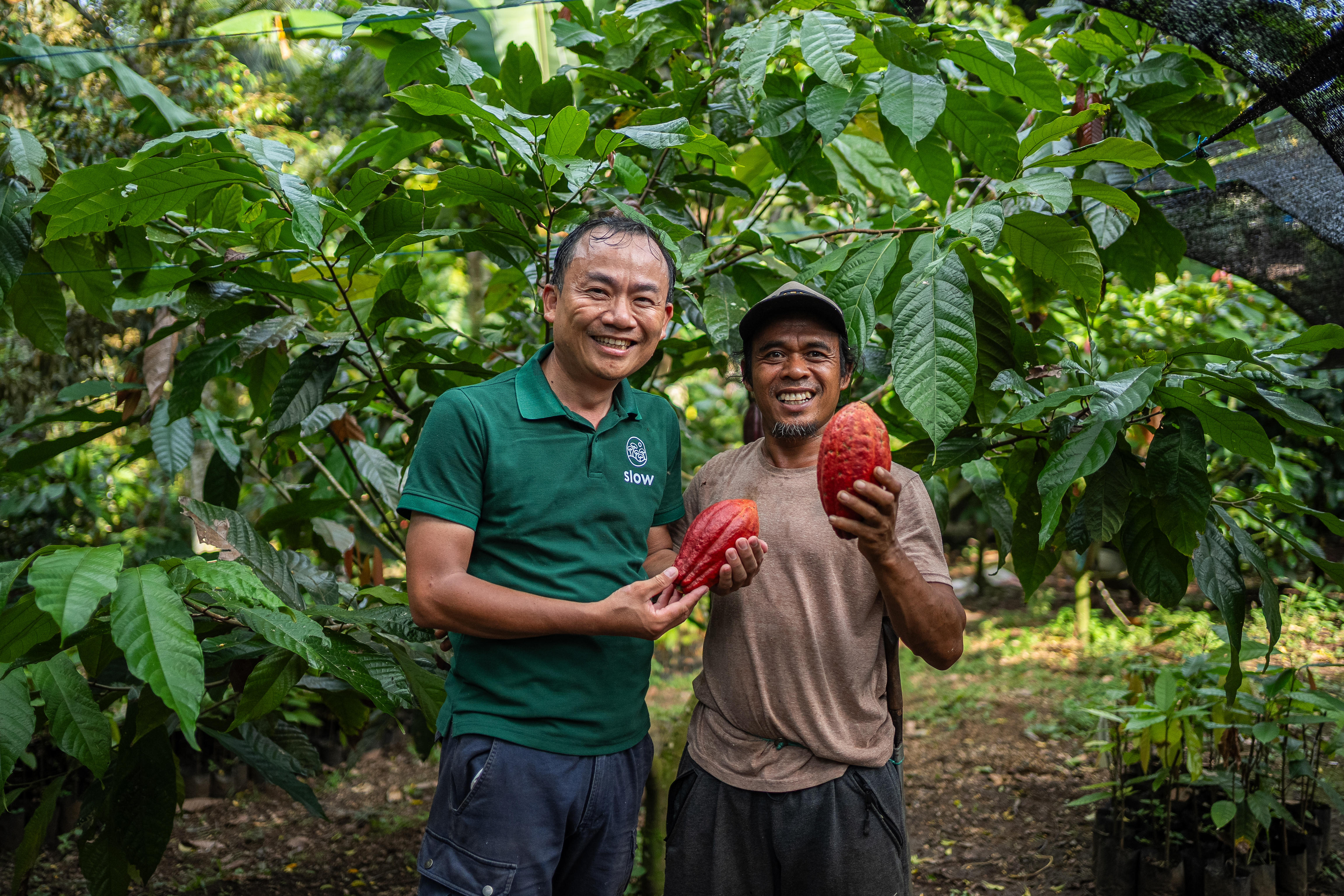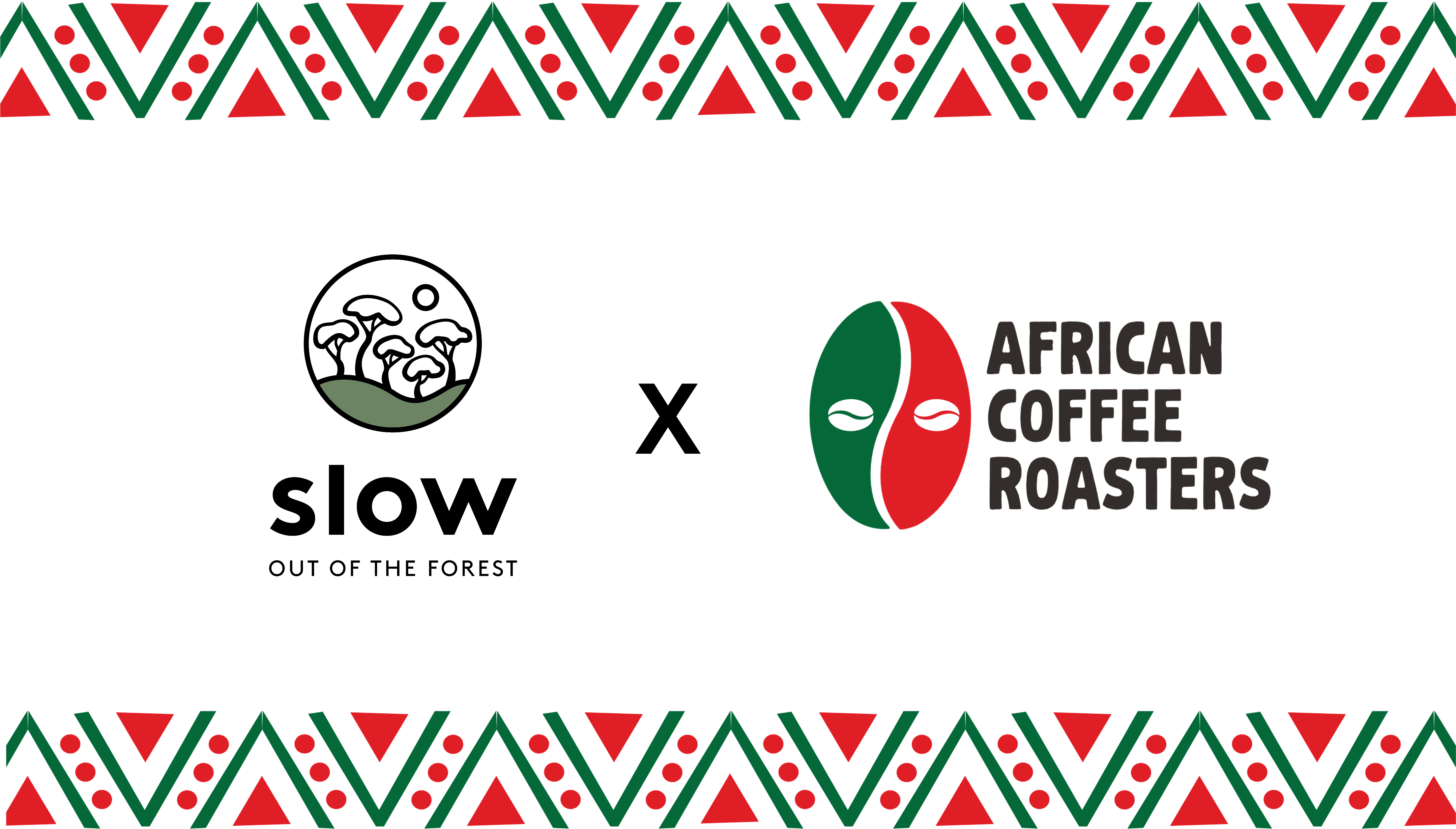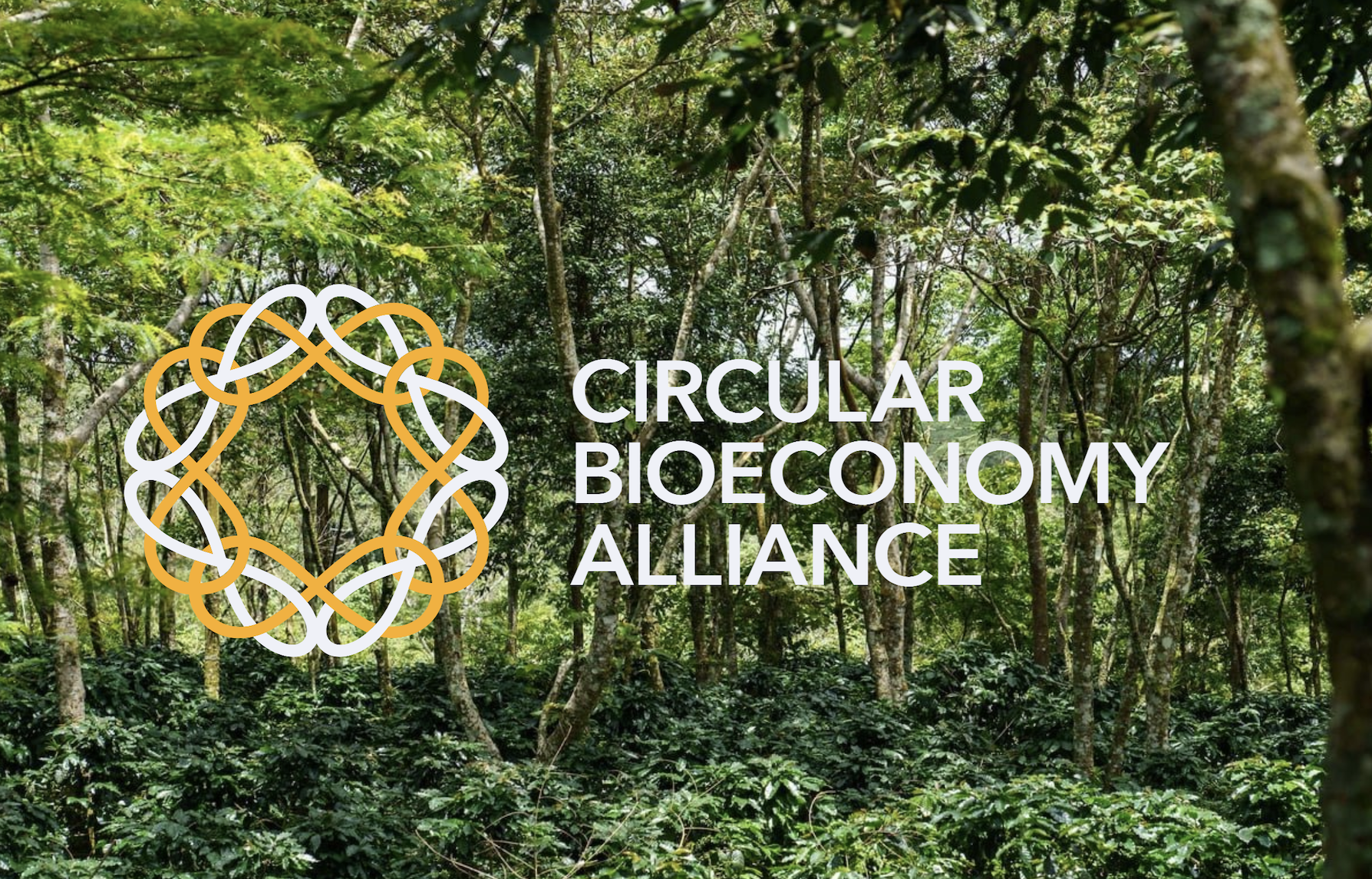Earth Day: Four ways to reduce your coffee and chocolate footprint
Earth Day reminds us that change doesn't have to wait for sweeping policy or perfect systems. Often, it starts with something as simple—and as...
Organic certification means that our coffee has been confirmed to be produced in accordance with the EU organic conditions. We grow our coffee without artificial fertilizers or chemical pesticides, contributing to the well-being of forests and animal species.
The organic certification ensures that the taste and color of the coffee come only from genuine and pure ingredients. Organic farming meets the needs of soil fertility, preserves natural resources, maintains biodiversity, and emphasizes sustainable farming practices.

Receiving the EU organic certification is an essential step forward by Slow
Although the Slow farmers have been practically organic farmers for a long time, receiving the EU organic certification is an essential step forward proving our ongoing supervision of farming conditions. We are really proud of all our employees and farmers – they have done a great job over the last year by learning new composting methods and bookkeeping! Our farmers have also developed further procedures to ensure that the coffee from different farms is not inadvertently mixed. The organic label is an important demonstration of our farmers' responsible on-the-ground-work in Laos.
From now on, every coffee package produced by Slow Forest Coffee proudly carries a responsible organic logo and is certifiably organic!

Earth Day reminds us that change doesn't have to wait for sweeping policy or perfect systems. Often, it starts with something as simple—and as...

Big news from Slow. African Coffee Roasters is now part of the Slow family. And this isn’t just an acquisition—it’s a major step forward in how...

A few years ago, coffee and chocolate were just products. But at Slow, we’re changing the story. We’re not just selling beans and cocoa, we’re...